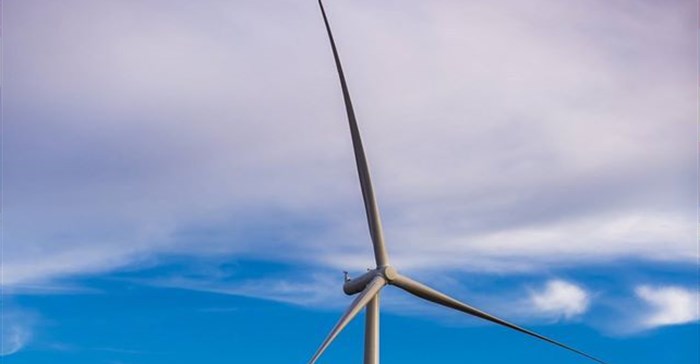
Top stories


EducationFrom adversity to opportunity: African education’s revival strategies
Sanjeev Mansotra 50 minutes

Marketing & MediaThe Odd Number named Financial Mail AdFocus Mid-Sized Agency of the Year
The Odd Number 5 hours



More news





















When it comes to wind power, there are already a substantial number of wind farms in the Northern, Eastern and Western Cape, once the delayed power purchase agreements are signed between Eskom and the independent power producers, this sector should be back on track.
When developing a wind farm, it is critical to optimise its layout for maximum efficiency. This process is also called wind farm micrositing. The aim of such a process would be to maximise the energy production of the wind farm while minimising infrastructural and operating costs. For most projects, the economics are substantially more sensitive to changes in energy production than infrastructure costs. It is therefore appropriate to use energy production as the dominant layout design parameter.
Factors to be considered when micrositing can include:
These constraints may change as discussions and negotiations with various parties progress, so this is inevitably, an iterative process. The number of variables make micrositing a challenging process, and one that is an ideal candidate for advanced analytics that can crunch vast amounts of data to arrive at a scientifically optimal solution.
Indeed, some wind energy firms are already using these prescriptive analytics to solve energy production problems that were once thought unsolvable.